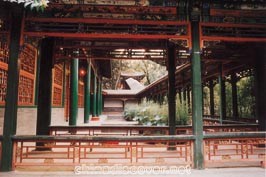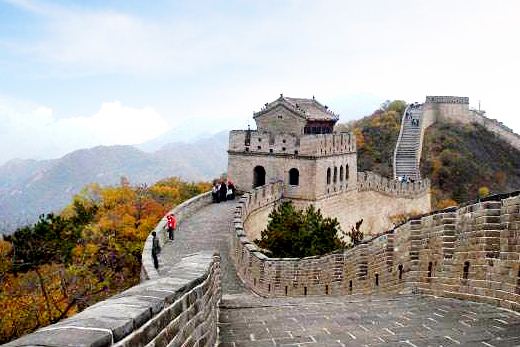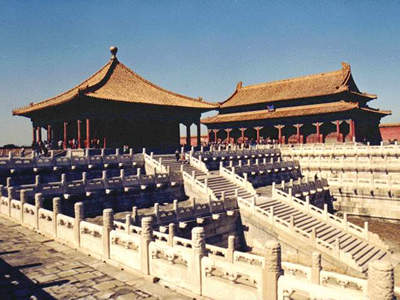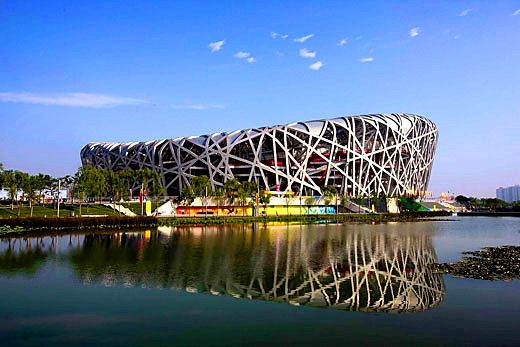 Prince Gong's Mansion was constructed in 1777 for minister He Shen during the Qianlong-reign during the late period of Qing Dynasty. From a young age, He Shen got the trust of Emperor Qianlong, and was able to make large promotion in the imperial administration. In this way he became very wealthy. In 1799, due to accusations of corruption, He Shen was executed and the mansion was confiscated, under the reign of Emperor Jiaqing in favor of Prince Qìng Jùnwáng, the 17th and youngest son of Emperor Qianlong. In 1851, Emperor Xianfeng assigned it to his brother Prince Gong. It was his name that was currently given to the compound.
Prince Gong's Mansion was constructed in 1777 for minister He Shen during the Qianlong-reign during the late period of Qing Dynasty. From a young age, He Shen got the trust of Emperor Qianlong, and was able to make large promotion in the imperial administration. In this way he became very wealthy. In 1799, due to accusations of corruption, He Shen was executed and the mansion was confiscated, under the reign of Emperor Jiaqing in favor of Prince Qìng Jùnwáng, the 17th and youngest son of Emperor Qianlong. In 1851, Emperor Xianfeng assigned it to his brother Prince Gong. It was his name that was currently given to the compound.
As one of the most exquisite and best-preserved royal mansions in Beijing and used to house several families, the Prince Gong's Mansion has a total area of 60,000 square metres. Buildings of the mansion are located in the south; and the gardens are in the north. The buildings include several siheyuan courtyards, two story buildings, and even a grand Peking opera house.
Duofu Study is on the eastern axis, and its structure is in the Ming style. On each of the two side axes are four courtyards, the second courtyard on the western axis being strikingly spacious. In the third courtyard, called Xijin Studio, there is a seven-roomed, exquisitely furnished hall. All the beams and pillars are made of nanmu, and its sandalwood partitions are reminiscent of those found in Ningshou Palace in the Forbidden City. Between the buildings and the rear garden there stands a 165-meter-long two-story building. In addition to the mansion, there is a 28,000-square-metre garden, with twenty scenic spots, pavilions, artificial hills including rock originating from the Taihu Lake in Jiangsu, and ponds.


 About Beijing
About Beijing 


